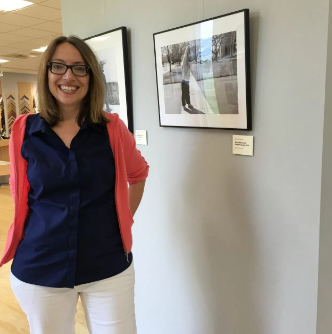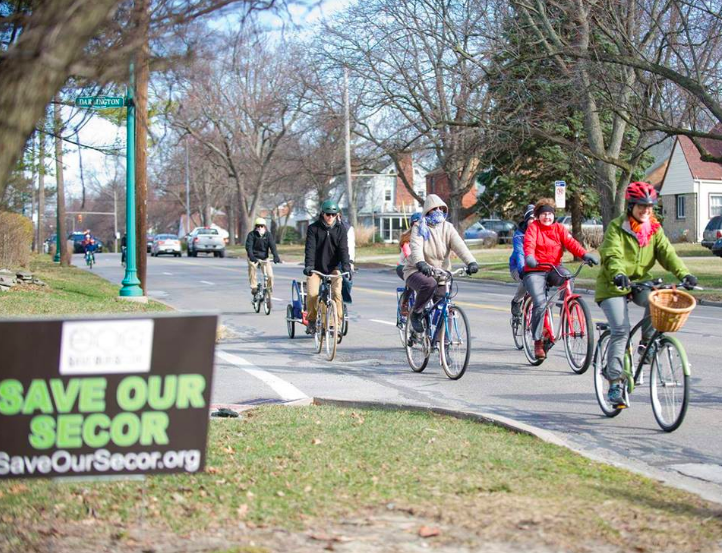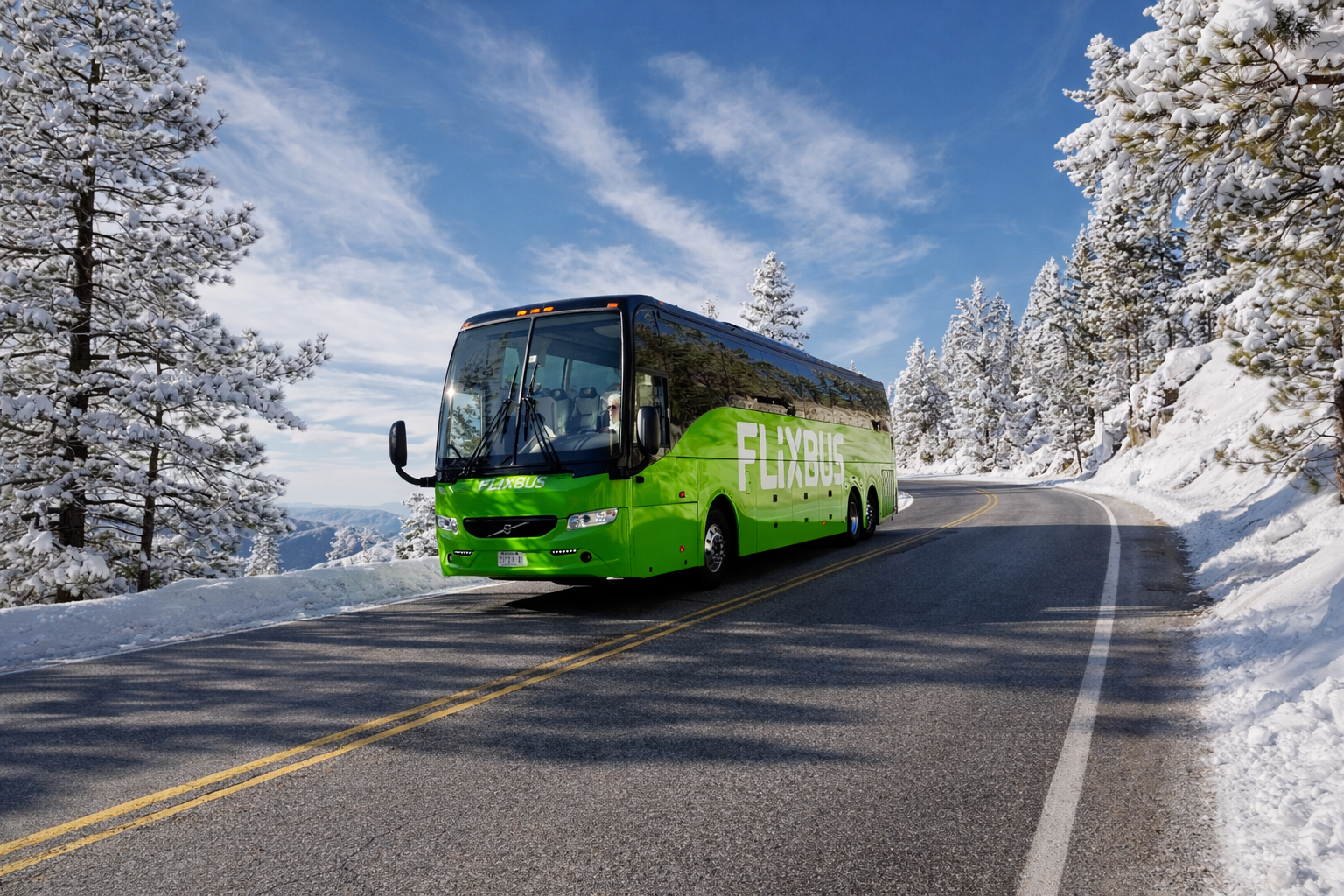Back when the city of Toledo launched a plan to widen Secor Road between the suburb of Ottawa Hills and West Toledo, Dana Dunbar had no experience as an organizer.
But the project didn't sit well with Dunbar, a long-time area resident, small business owner, and mother of two. The plan was to add a lane to the busy four-lane road, not far from her house -- and to do it, more than a dozen homes would have to be demolished. After talking to a neighbor who was in line to lose her home, she started doing some research.
"I felt like we all needed a lot of learning," Dunbar said. "We never heard of 'LOS,' we never heard of CMAQ grants. All of this was just a foreign language to me."
She came across a TED talk by Walkable City author Jeff Speck about why places should be comfortable for walking, and something just clicked.

"I said, 'Wait a minute, this is a very different idea than what we’re used to in Toledo,'" she told Streetsblog. "Making way for cars is really our default."
Dunbar says she never gave much thought to streets and transportation until that moment. She lives in Ottawa Hills, a suburb tucked inside the city of Toledo that some might classify as a walkable community. But the major streets -- like Secor -- are wide and hostile, and her family has three cars.
"We all drive around west Toledo and it’s just not pretty," she said. "You have these islands of neighborhoods that are divided by roads and asphalt and parking lots. The trip is so stressful and ugly and uninspiring."
The Secor Road project seemed like an opportunity to do something better. So Dunbar started attending meetings of the Ottawa Hills Village Council and reaching out to her neighbors. She started a Facebook page called "Save Our Secor."
Dunbar's research -- reading sites like Streetsblog and CityLab and Strong Towns, as well as speaking with experts like Speck -- convinced her and other neighbors that reducing the street to two lanes with a center turn lane might be a better solution. Copious before-and-after data shows that converting roads like Secor from four lanes to three is safer and more efficient.
But engineers with the city of Toledo balked. Funding for the $11 million project was supposed to come from a federal Congestion Mitigation and Air Quality grant administered by the regional planning agency, TMACOG. Based on the traffic studies, engineers said, the road diet would increase congestion and so wouldn't be eligible for the grant.
But Dunbar and her group didn't back down. They started a letter writing campaign to the Village Council and hosted a protest bike ride to open people's minds about the street's potential.
"They said, 'It's a collector arterial,'" Dunbar recalled. "But we said, 'No, it’s a neighborhood. Can’t we just slow it down and make it better?'"
Dunbar kept winning converts. She spoke at every Village Council meeting and invited the council members to join the Facebook page, whether they opposed the project or not, just to observe and learn. Her campaign had the desired effect, overcoming a reluctance to walk away from the federal grant money.
Last week the Ottawa Hills Village Council put the matter to rest in a 4-2 vote against the project.
"I think it was the groundswell of people who were against the widening," said Dunbar. "They listened to the villagers. Intuitively they thought it wasn’t that great of a plan. It didn’t really fit the community."
Dunbar isn't done yet. There's broad agreement that the current configuration of four nine-foot-wide lanes should change, and a few volunteers with Save Our Secor are now working to build support for a road diet.
"We all want to be healthy," she said. "We all want to be connected. It’s really obvious when you look around west Toledo that we’re not doing the best we can for our area. We don’t really think about walking."






